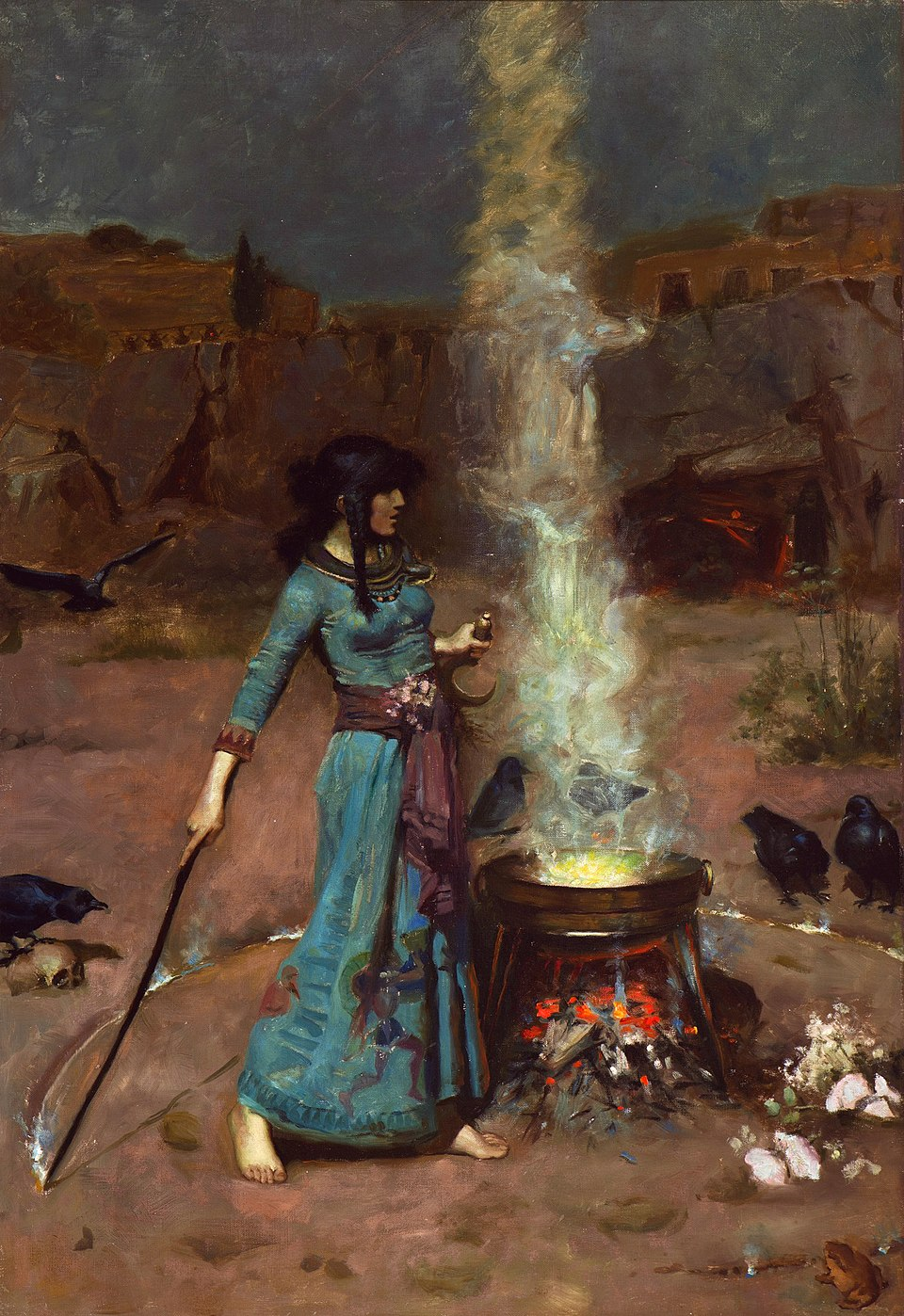Today's post is once again taken from my independent study work. Nature-Based Spirituality, East and West © 2025 by Kimberly Israel is licensed under CC BY-NC 4.0
Spiritual Ecosystem Services
Nakadi (2023) addresses the psychological importance of nature with his conception of “spiritual ecosystem services.” In particular, he examines the ecological factors that contribute to large trees being given unique names and considered sacred. Using a database of over 39,000 trees in Japan with circumferences of at least 3 meters, he looked for correlations among tree size, tree age, average temperature, average annual precipitation, elevation, latitude, likelihood of a tree having a unique name, and likelihood of a tree being considered sacred. The largest trees tended to be older and grow in areas with more precipitation. They were also found in cooler areas at lower elevation and lower latitude.
Unsurprisingly,
larger and older trees were more likely to have names and be considered sacred.
The likelihood of naming and sacred status, however, were also inversely
correlated with precipitation. Nakadi speculates that this may be because
tree-worship in Japan historically included prayers for rain, particularly when
the success of drought-sensitive rice crops was a matter of life and death.
Some of the names given to trees also relate to their perceived spiritual
connection to the rain.
While
both naming and sacred status were related to precipitation, only the
likelihood of being given a name was correlated with elevation. Nakadi suggests
that large trees at higher elevations are particularly likely to be seen from a
distance and to serve as landmarks and may therefore be named for practical
purposes even if they are not considered sacred. As Nakadi himself points out,
this study addresses only one component of the relationship between spiritual
meaning and underlying ecology in one culture. Much more research is needed to
understand the provisioning of “spiritual ecosystem services” in other contexts
so as to prevent the loss of important components of human well-being.
Neo-Pagan
Spirituality
Modern
druidry is frequently classified as a form of neo-pagan spirituality, and
indeed several of the same people were involved in the development of both
Wicca and modern druidry (OBOD, n.d.). Therefore, research on present-day pagan
spiritual experience may generalize at least somewhat to modern druid
spirituality as well. Sonnex et al. (2022) discuss the psychological benefits
of pagan practice in relation to liminality and eudaimonia.
Many
pagan workings involve the casting of a circle to create a liminal space
between the mundane and magical or spiritual realms (Sonnex et al., 2022), a
practice also used in modern druidry (OBOD, n.d.). According to Sonnex et al.,
the pagan activities within the circle are generally meant to access and direct
“energy” towards the chosen purpose. Engaging the senses through symbolism,
props, and costumes helps create a sense of immersion and increases the
liminality of the working. As participants imaginatively identify with the
working, the boundaries between conscious and unconscious, reason and emotion
become blurred. Sonnex et al. note that although pagan workings may have an element
of amateur theater, the participants find them to be spiritually meaningful.
Furthermore,
they argue that pagan spirituality promotes well-being in the eudaimonic sense
of living well, not only in the hedonic sense of feeling good. Many pagans
consider personal growth to be the most important part of their workings. They
see their activities as promoting empowerment and constructive acceptance of
life changes. Sonnex et al. cite two examples of workings: one focusing on a
young woman who wanted to confidently take on adult roles in her family and one
centered on an older woman who wanted to accept aging. In both cases, the
purpose was not to change the physical world but to help the participants grow
to meet the challenges of a new stage of life: the workings metaphorically
enact the needed transformations.
References
Nakadai, R. (2023).
Macroecological processes drive spiritual ecosystem services obtained from
giant trees. Nature Plants, 9, 209-213.
OBOD. (n.d.) The
origins of Wicca & Druidry. Order of Bards, Ovates & Druids. https://druidry.org/druid-way/other-paths/wicca-druidcraft/origins-wicca-druidry
Sonnex, C., Roe, C.A.,
& Roxburgh, E.C. (2022). Flow, liminality, and eudaimonia: pagan ritual
practice as a gateway to a life with meaning. Journal of Humanistic
Psychology, 62(2), 233-256.



No comments:
Post a Comment
Please be nice.